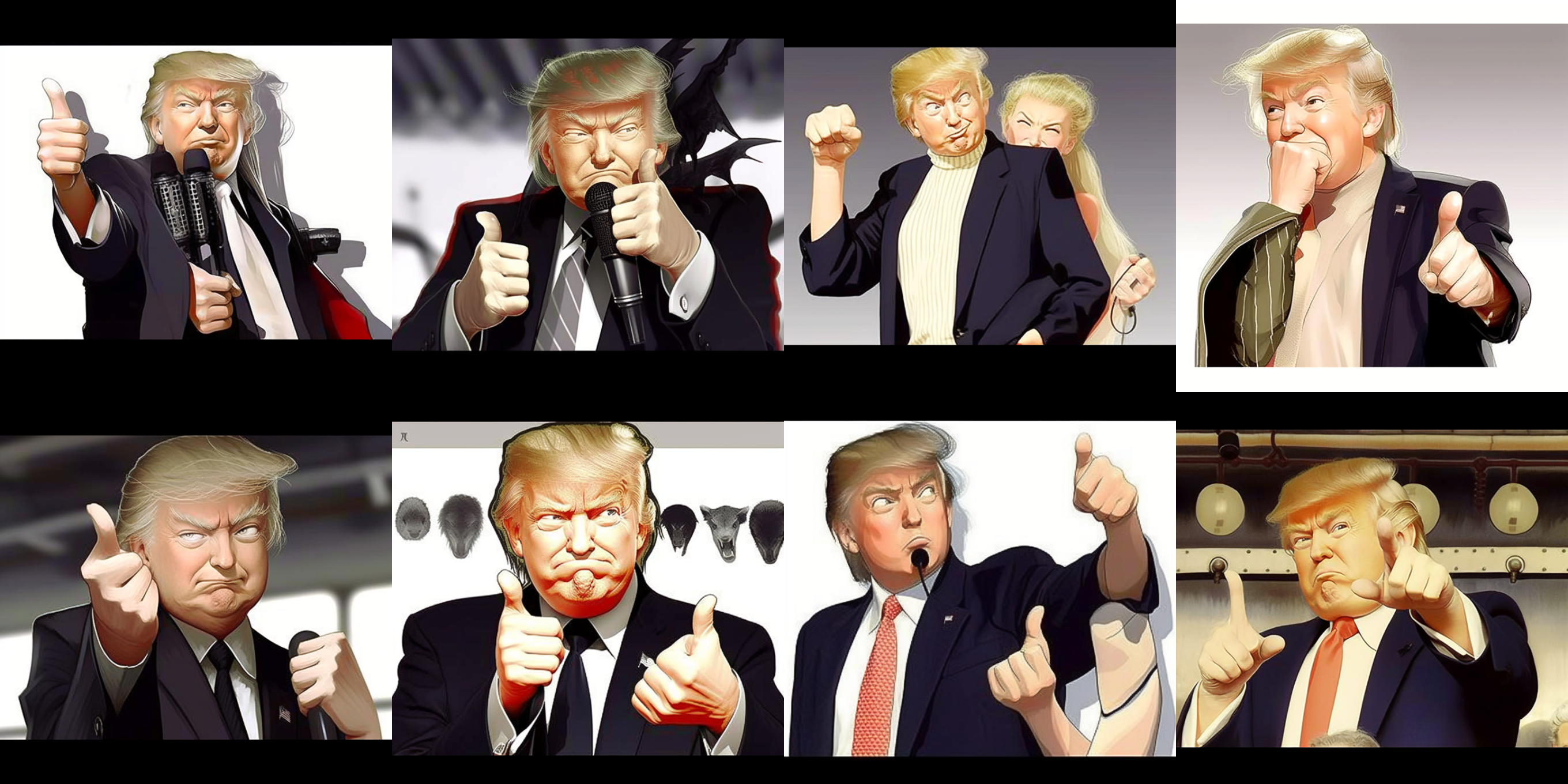Scene 10: Anime
Coincidentally, while writing this chapter, Midjourney released its Niji V5 version. Therefore, all the prompts I will be using below will be run under the parameter -niji 5.
Multiple Anime Styles
Under the niji 5 model, content generated by default comes with an anime style.
You can add country, era and creator in the style section of your prompt statement or you can also add an anime style.
According to Midlibrary's statistics, Midjourney supports over 120 different types of anime styles.
I won't list them all here but you can check out my compiled list or go directly to Midlibrary for a detailed summary which is really good.
Here are just a few styles that I think are pretty good and well-supported by the model (with Statue Of Liberty as the main subject in each prompt)
| Photo | Name | Explain |
|---|---|---|
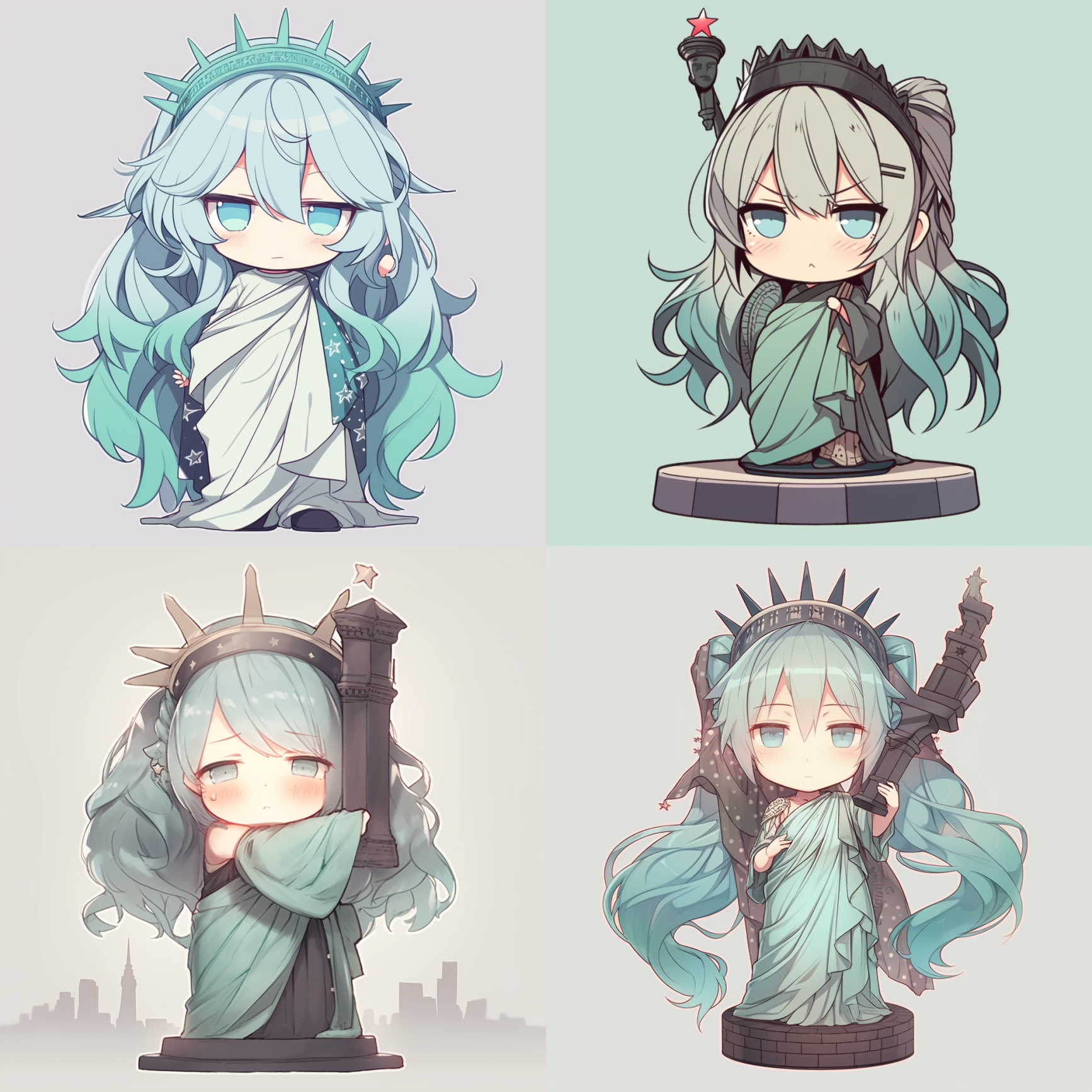 | Chibi Anime Style | Chibi Anime Style refers to a cartoon mini style. It is a unique drawing style that is particularly popular among Japanese anime and cartoon fans. The characteristic of this style is to draw characters in a shrunken version, making them cuter and more cartoonish. In this style, some characters have much larger heads than normal proportions, the depiction of the characters is also simplified, and animation often uses quick movements in short periods of time to convey dynamic effects. |
 | Gakuen Anime Style | Gakuen Anime Style" refers to a style commonly seen in Japanese anime, which mainly presents scenarios of school life and high school life. Works in this style usually involve campus themes such as student councils, cultural festivals, romance, friendship, competition, etc., and the characters are often students between the ages of 16-18. |
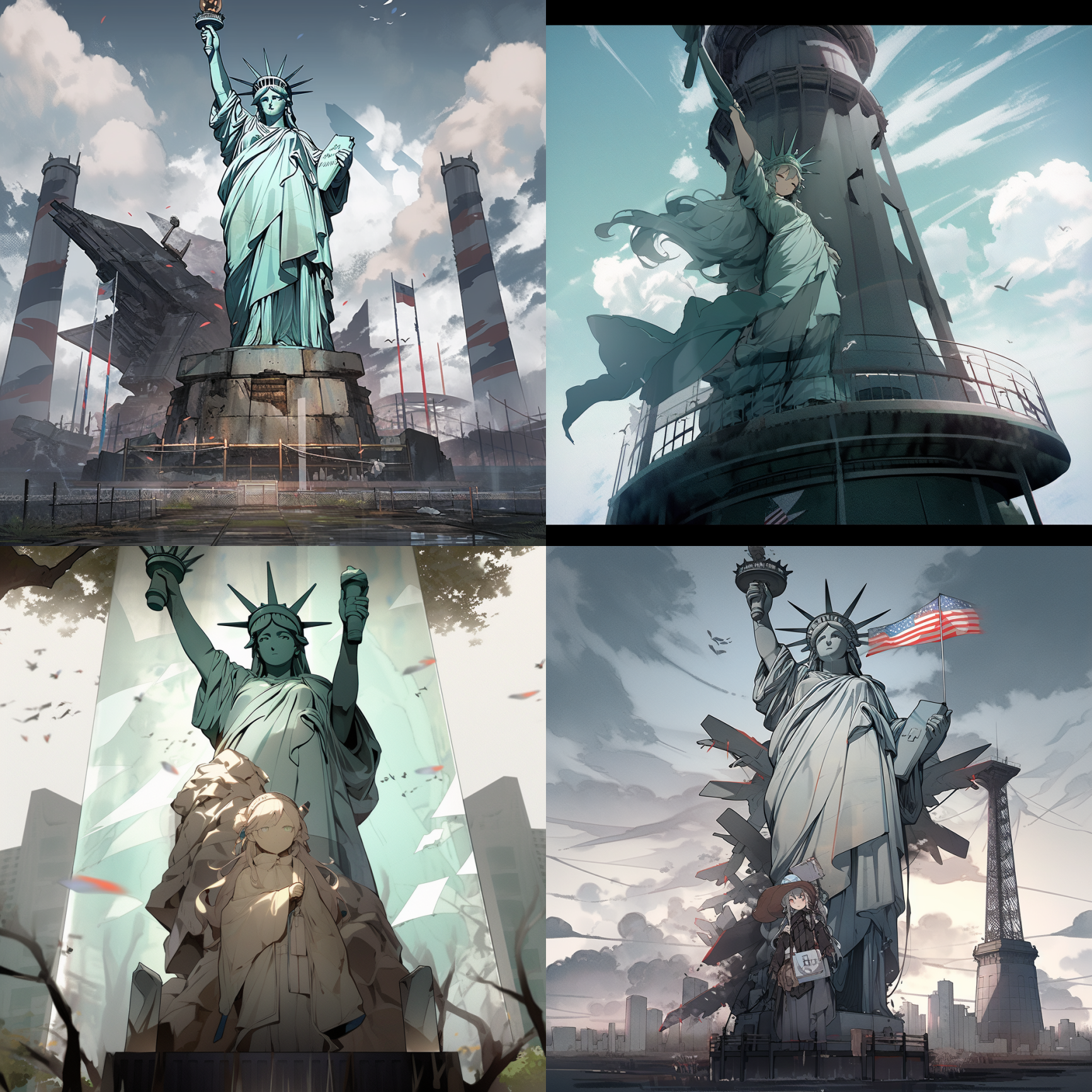 | Gekiga Anime Style | Gekiga Anime Style is a relatively heavy and serious style of Japanese manga that often deals with adult themes such as social issues and philosophical questions about life. The characteristics of this style are mainly black and gray color tones, strong graphic expression, and more realistic depictions of character expressions and behavior. |
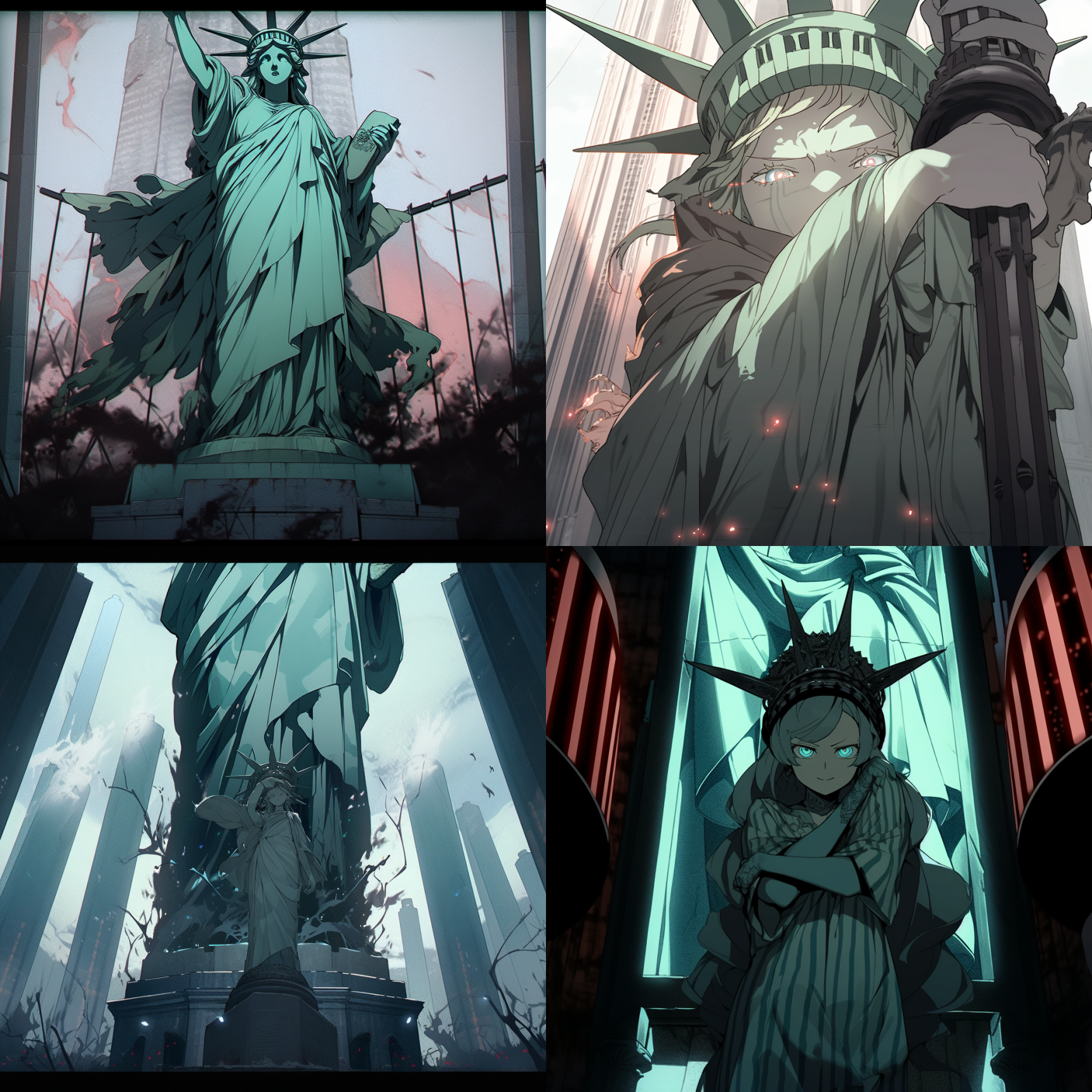 | J Horror Anime Style | J Horror Anime Style" refers to the Japanese anime style of horror themes, which often involve supernatural forces such as ghosts, monsters, and demons. |
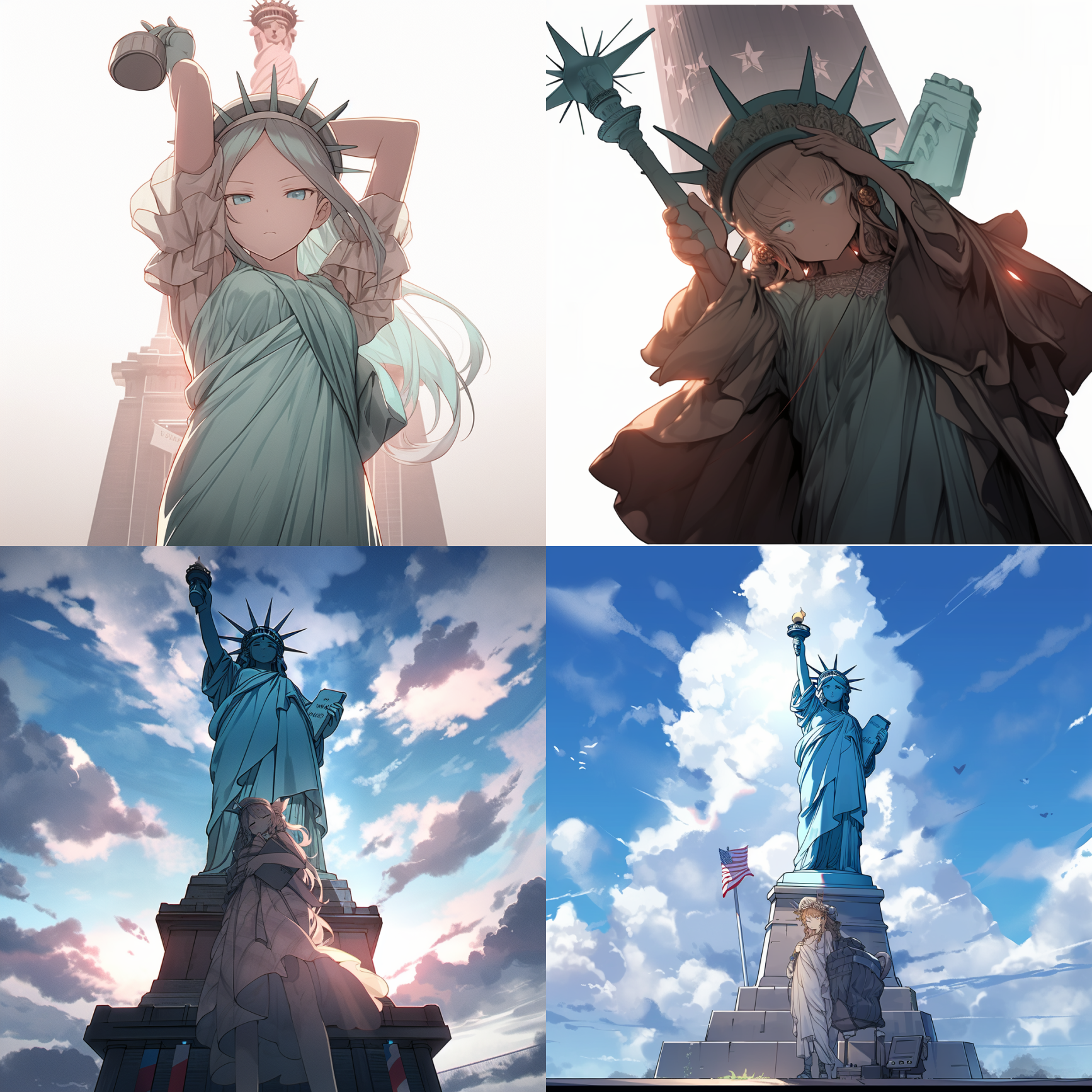 | Jidaimono Anime Style | Jidaimono Anime Style" refers to the anime style of Japanese historical dramas, which usually present the historical background and cultural characteristics of ancient Japan. Works in this style often depict elements such as war, family struggles, ninjas, bushido, mythology and legends. They use artistic techniques with a strong Japanese flavor to convey the meaning of historical culture. |
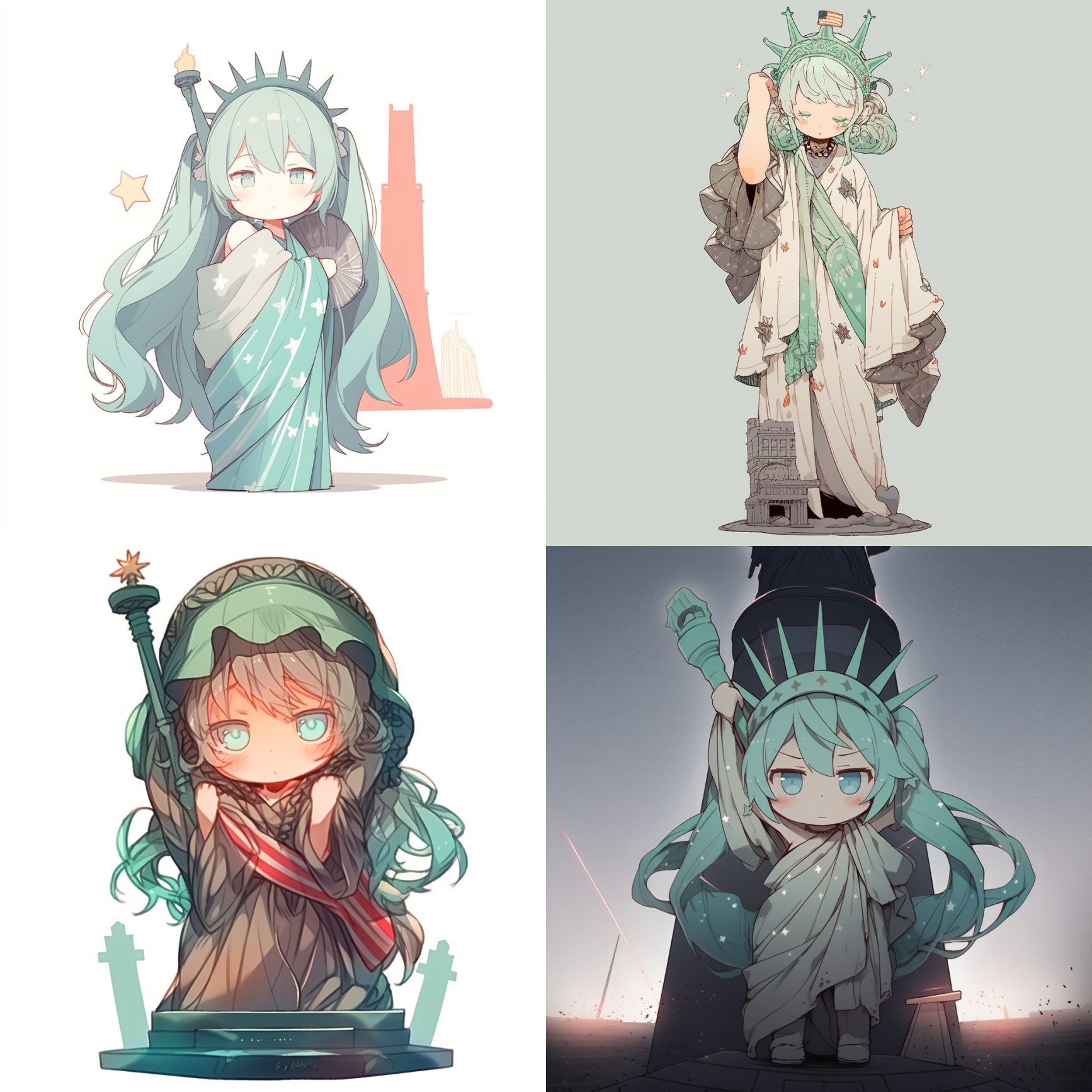 | Kawaii Anime Style | Kawaii Anime Style is a very cute and adorable anime style, usually presenting cute images of animals, children, characters, etc. Works in this style are characterized by bright colors, rough outlines, and exaggerated facial expressions. |
 | Mecha Anime Style | Mecha Anime Style" is a Japanese animation style that focuses on robots as its theme. It typically features elements such as large machines, mecha warfare, and armored dancers. Works in this style often incorporate science fiction, futuristic settings, massive battles, dynamic combat scenes and robot designs to create complex worlds of robots and character relationships. |
 | Realistic Anime Style | Realistic Anime Style is a realistic Japanese anime style that typically presents characters and plots with a more realistic and authentic approach. Works in this style are highly expressive, with more details in character design, environmental scenes, etc., portraying a more genuine emotional world. |
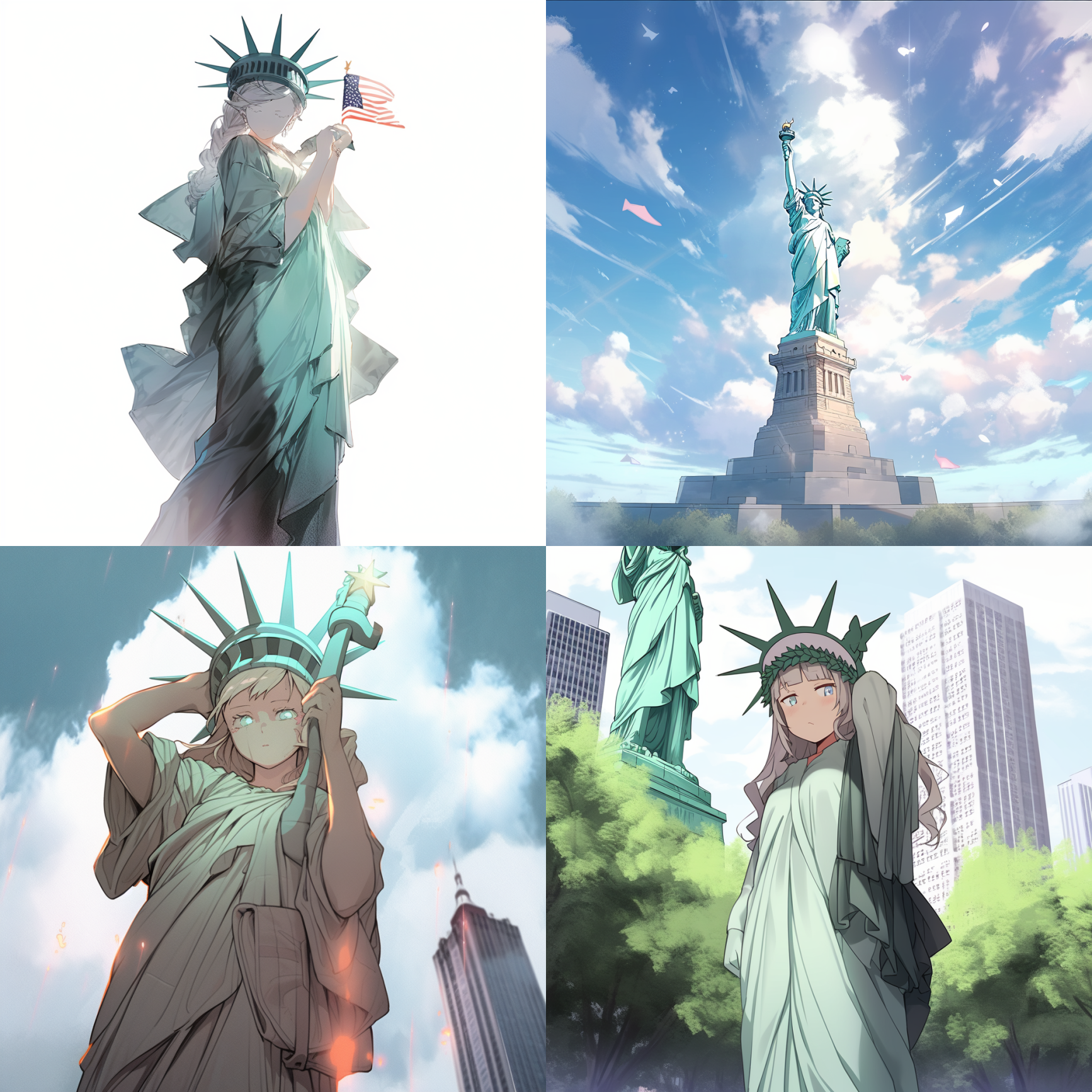 | Semi-Realistic Anime Style | Semi-Realistic Anime Style is a style that falls between Realistic Anime Style and Anime Style, with a more realistic approach but still retaining some anime elements. Works in this style often involve realistic plots and characters, but also frequently use anime-style techniques for expression. |
 | Shoji Anime Style | Shoji Anime Style is a style that has gradually formed based on the career of Japanese manga artist Shoji Gatoh. Works in this style typically focus on stories centered around individual characters or small groups. Its characteristics include bright and harmonious colors, exaggerated facial expressions and actions of characters for comedic effect, as well as simple and easy-to-understand plotlines. |
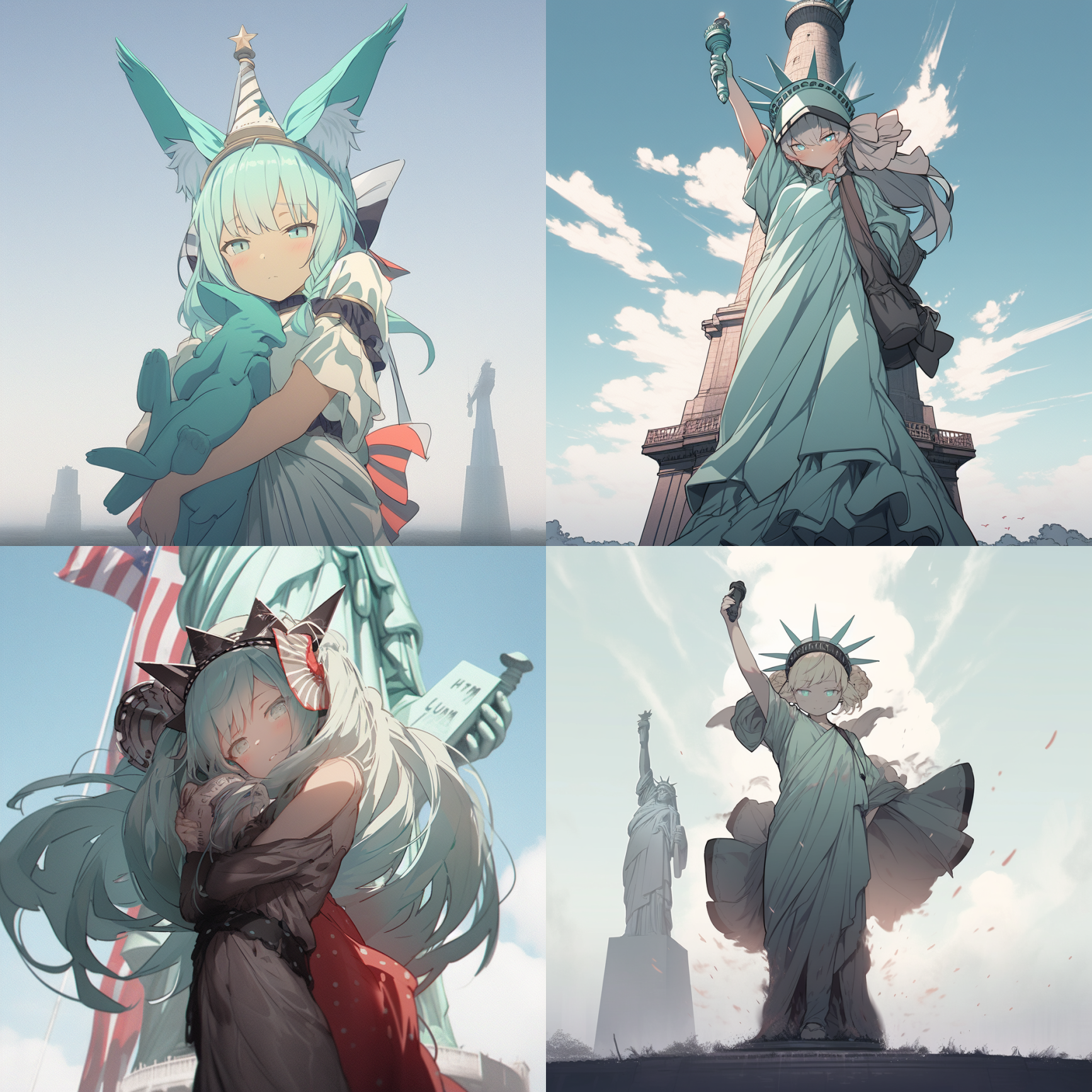 | Kemonomimi Anime Style | Kemonomimi Anime Style is a Japanese anime style that features animal ears and tails, among other characteristics. It typically presents human or humanoid characters with different types of animal ears and tails. Works in this style are related to genres such as girls' manga, boys' manga, etc. |
Convert the image to a cartoon style.
This uses the img2img function we previously taught. You only need to add the image URL in the prompt, and then add the following prompt (I added iw parameter for a more original look):
panel from manga --iw 2
Another I added Naoko Takeuchi (the author of Maidenhaven), the model is still not good at generating human hands::
